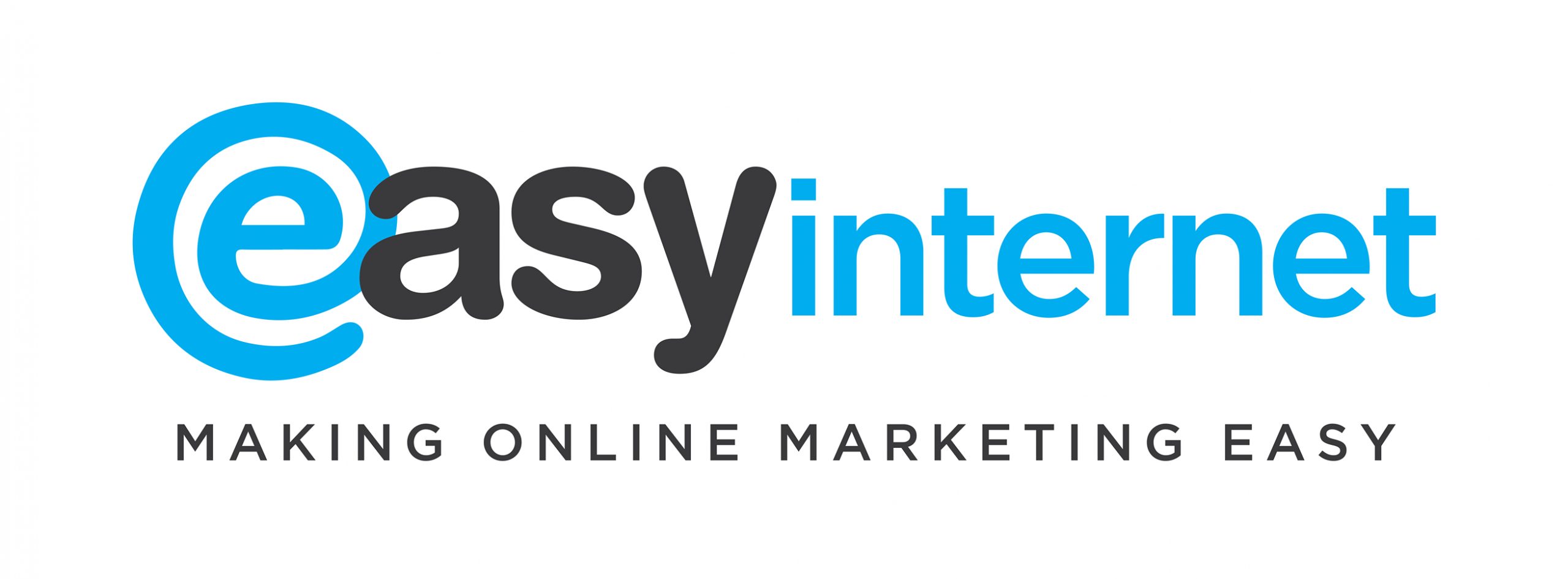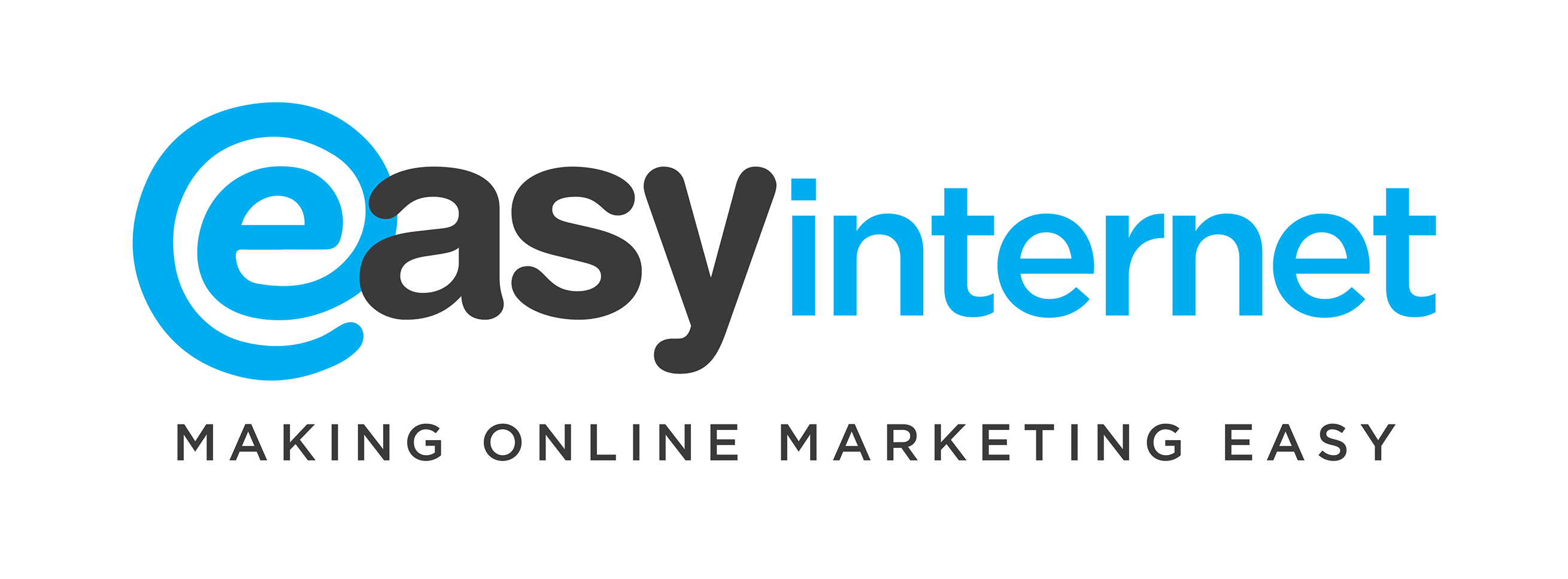Introduction to marketing strategy for charities
A marketing strategy for your charity is essential for charities and non-profits to effectively promote their cause and attract support. It involves a systematic approach to identifying target audiences, developing a strong brand identity, and utilising appropriate marketing channels. Charities can raise awareness, engage with donors, and achieve their goals if they know how to implement a well-crafted marketing strategy. This article will explore the key elements of a successful ‘Marketing Strategy For Your Charity’ and provide valuable insights on how to develop and implement an effective marketing plan.
Importance of marketing for charities
Marketing plays a vital role in the success of charities. It helps create awareness about the cause and attract donors and supporters. Through effective marketing strategies, charities can reach a wider audience and communicate their mission and impact. Marketing also enables charities to build trust and credibility, as well as establish long-term relationships with their stakeholders. By investing in marketing efforts, charities can maximise their reach and impact, ultimately leading to greater support and success in achieving their goals.

Key Elements of a Successful Digital Marketing Strategy
A successful marketing strategy for a charity requires careful planning and execution. Key elements that contribute to the success of a marketing strategy include clear goals and objectives, target audience analysis, brand positioning, effective messaging, and measurable metrics. Defining specific goals and objectives allows charities to synchronise their marketing strategies with their overarching mission and vision. Grasping the needs and preferences of the target audience is important in shaping messages that resonate and raise key awareness. With strong brand positioning, an organisation ensures its distinct presence in a bustling marketplace of digital marketing. Incorporating fundraising as a way to reach supporters and measuring the outcomes of marketing endeavours paves the path for ongoing refinement and evolution.
Target Audience
Identifying the target audience for your charity
Identifying your target audience is important to effectively market your charity. This involves understanding the demographics, interests, and motivations of the people you want to reach. Conducting market research and analysing data can help you gain insights into who your potential supporters are. Once you have identified your target audience, you can tailor your marketing strategies to resonate with them. Consider creating buyer personas to represent different segments of your audience and develop personalised messaging that addresses their specific needs and concerns. Concentrating on your target audience enhances the effectiveness of your marketing initiatives, this can maximise the impact of your marketing efforts and attract the right supporters to your cause.
Understanding the needs and preferences of your target audience
To effectively market your charity, it is crucial to understand the specific needs and preferences of your target audience. Conducting thorough market research and surveys can provide valuable insights into the demographics, interests, and motivations of your audience. By identifying and analysing these factors, you can tailor your marketing messages and strategies to resonate with your audience, increasing the likelihood of engagement and support for your charity.
Segmenting your target audience for effective marketing
Segmenting your target audience is also an important step in creating an effective marketing strategy for your charity. By dividing your audience into smaller, distinct groups based on their demographics, interests, and behaviors, you can tailor your marketing messages and campaigns to better resonate with each segment. Segmentation allows you to understand the specific needs and preferences of different groups within your target audience, enabling you to deliver personalised and relevant content. This approach not only increases the effectiveness of your marketing efforts but also helps you build stronger connections with your audience and drive greater engagement.
Brand Identity
Creating a strong brand identity for your charity
A robust brand identity is essential for creating a distinct and memorable impression in the minds of your target audience. Consistency is key when it comes to your brand identity, from the mission and vision statement that reflects your charity’s values, to the logo and visual identity that visually represents your organisation. Crafting a unified and persuasive brand identity allows you to articulate your charity’s mission and foster trust among your audience. Adhering to brand guidelines guarantees uniformity across all marketing mediums and platforms. It’s advisable to periodically assess and refine your brand approach to remain pertinent in an ever-evolving market.
Developing a compelling mission and vision statement
A mission statement is a concise statement that defines the purpose and goals of your charity. It should clearly communicate what your charity does and why it exists. A vision statement, on the other hand, outlines the future aspirations and long-term goals of your charity. It paints a picture of what your charity aims to achieve in the future. When developing your mission and vision statements, it is important to involve key stakeholders and ensure alignment with your charity’s values and objectives. These statements serve as guiding principles and help create a sense of purpose and direction for your charity.
Designing a memorable logo and visual identity
A memorable logo and visual identity are crucial for a charity’s marketing strategy. They serve as the face of the organisation and create a lasting impression on the target audience. When designing a logo, it is important to consider the charity’s mission and values, as well as the emotions it wants to evoke. A visually appealing and unique logo can help the charity stand out from competitors and attract attention. Additionally, a consistent visual identity across all marketing materials, including colors, fonts, and imagery, helps to establish brand recognition and reinforce the charity’s message. Investing time and resources into designing a memorable logo and visual identity is essential for creating a strong and impactful brand presence.
Marketing Channels
Choosing the right marketing channels for your charity
When it comes to choosing the right marketing channels for your charity, it is crucial to consider the target audience and their preferences. Social media platforms can be highly effective in reaching a wide range of individuals and spreading awareness about your cause. Additionally, implementing email marketing allows for direct communication with potential donors and supporters. It is also important to utilise content marketing strategies to create valuable and engaging content that resonates with your audience. By carefully selecting the appropriate channels, you can maximise your charity’s reach and impact.
Utilising social media platforms for maximum reach
Social media platforms have become essential tools for charities to reach a wider audience and create an impact. By leveraging platforms such as Facebook, Twitter, and Instagram, charities can engage with their target audience, share their mission and stories, and build a community of supporters. It is important for charities to create a consistent and compelling social media presence, with regular updates, visually appealing content, and interactive features. Additionally, charities should also explore paid advertising options on social media platforms to further enhance their reach and visibility. With the right strategy, social media can be a powerful tool for charities to raise awareness, drive donations, and make a difference in the world.
Implementing email marketing and content marketing strategies
Implementing email marketing and content marketing strategies can greatly enhance your charity’s visibility and engagement with your target audience. Email marketing allows you to directly communicate with your supporters and keep them informed about your latest initiatives and campaigns. By creating compelling and valuable content, you can attract and retain the attention of your audience, ultimately driving them to take action and support your cause. Additionally, content marketing can help establish your charity as a thought leader in your industry, increasing your credibility and authority. It is important to regularly evaluate and optimise your strategies to ensure maximum effectiveness and adapt to the evolving needs and preferences of your audience.
Conclusion
Summary of key points
After summarising the key points discussed in this article, it is evident that a successful marketing strategy for your charity requires careful consideration of various elements. Identifying and understanding the needs and preferences of your target audience is crucial for effective marketing. Segmenting your target audience allows you to tailor your messages and campaigns to specific groups. Creating a strong brand identity with a compelling mission and vision statement, as well as a memorable logo and visual identity, helps to differentiate your charity and attract supporters. Choosing the right marketing channels, such as social media platforms and email marketing, is essential for reaching a wider audience. Finally, continuous evaluation and adaptation are important for ensuring the effectiveness of your marketing strategy. By implementing these key elements, your charity can maximise its impact and attract more support.
Importance of continuous evaluation and adaptation
Continuous evaluation and adaptation are crucial for the success of your charity’s marketing strategy. By regularly assessing the effectiveness of your marketing efforts, you can identify areas for improvement and make necessary adjustments. This can involve analysing data, conducting surveys, and seeking feedback from your target audience. Additionally, staying updated with the latest marketing trends and technologies allows you to stay ahead of the competition and reach your audience in new and innovative ways. Remember, a successful marketing strategy is not a one-time effort, but an ongoing process of learning, refining, and adapting to ensure your charity’s message resonates with your audience and drives meaningful impact.
Final thoughts on implementing an effective marketing strategy for your charity
In summary, executing a successful marketing strategy is vital for your charity’s prosperity. Recognising your target audience, establishing a strong brand identity, and choosing the right marketing channels allow you to broaden your influence and communicate your core message effectively. Given the ever-changing nature of the charity sector, it’s essential to consistently evaluate and adjust marketing strategies to align with the shifting tastes of your audience. A well designed marketing plan not only heightens awareness but also enhances your charity’s influence, attracting more backers.




